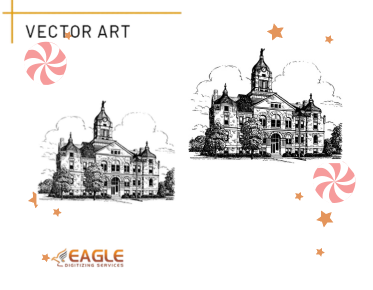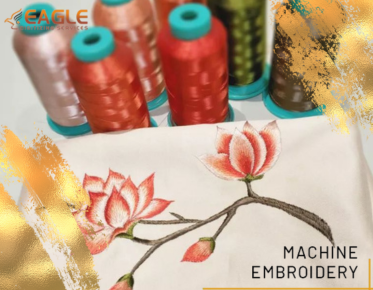Causes of Missing Stitches in Machine Embroidery
Machine embroidery is a fascinating blend of technology and creativity, allowing for intricate designs to be stitched with precision. However, one common issue that embroiderers face is missing stitches. Understanding the causes of missing stitches can help in troubleshooting and preventing this problem, ensuring that your embroidery projects are flawless. In this article, we will explore the various factors that contribute to missing stitches in machine embroidery and how to address them effectively. One of the critical aspects to consider is the role of embroidery digitizing in ensuring accurate stitch placement.
Understanding the Basics of Machine Embroidery
Before delving into the causes of missing stitches, it's essential to understand the basics of machine embroidery. This process involves using a computerized embroidery machine to stitch designs onto fabric. The machine follows a digital file, which dictates the pattern, stitch type, and sequence. The precision of the machine and the quality of the digital file are crucial for achieving perfect results.
Importance of Quality Embroidery Machines
The quality of the embroidery machine plays a significant role in the occurrence of missing stitches. High-quality machines are designed to handle complex designs and maintain consistent tension, which is vital for accurate stitching. Conversely, lower-end machines may struggle with intricate patterns, leading to skipped stitches. Regular maintenance and proper calibration of the machine are essential to prevent such issues. For more insights on maintaining your machine, check out this resource on Embroidery Machines.
Role of Embroidery Digitizing
Embroidery digitizing is the process of converting artwork into a digital file that an embroidery machine can read. The quality of this digitized file is crucial for accurate stitching. Poor digitizing can result in incorrect stitch placement, leading to missing stitches. It's important to use professional embroidery digitizing services to ensure that your designs are translated accurately into stitch files.
Common Causes of Missing Stitches
Incorrect Needle and Thread Combination
The choice of needle and thread can significantly impact the quality of embroidery. Using the wrong needle size or type for the fabric and thread can cause skipped stitches. It's essential to match the needle and thread to the fabric type and design requirements. For instance, a ballpoint needle is suitable for knits, while a sharp needle is better for woven fabrics.
Improper Tension Settings
Tension settings are critical in machine embroidery. If the tension is too tight or too loose, it can lead to skipped stitches. Regularly checking and adjusting the tension settings according to the fabric and thread being used can help prevent this issue. Many modern machines come with automatic tension settings, but manual adjustments may still be necessary for optimal results.
Fabric Stabilization Issues
Stabilizers are used to support the fabric during embroidery, preventing it from puckering or shifting. Using the wrong type or insufficient amount of stabilizer can cause the fabric to move, resulting in missing stitches. It's important to choose the right stabilizer for the fabric and design, whether it's a cut-away, tear-away, or water-soluble stabilizer.
Advanced Troubleshooting Techniques
Regular Machine Maintenance
Regular maintenance of the embroidery machine is crucial for preventing skipped stitches. This includes cleaning the machine, oiling moving parts, and checking for worn-out components. A well-maintained machine is less likely to experience technical issues that can lead to missing stitches.
Software and Firmware Updates
Keeping the machine's software and firmware up to date can help prevent technical glitches that may cause skipped stitches. Manufacturers often release updates to improve machine performance and fix known issues. Regularly checking for and installing these updates is a good practice for any embroiderer.
Conclusion
Missing stitches in machine embroidery can be frustrating, but understanding the causes and implementing preventive measures can significantly reduce their occurrence. By ensuring proper machine maintenance, using quality digitizing services, and selecting the right materials, embroiderers can achieve flawless results. As the embroidery industry continues to evolve, staying informed about the latest technologies and techniques will be crucial for success. Eagle Digitizing excels in providing professional embroidery digitizing services, ensuring every design is crafted with unmatched precision.



